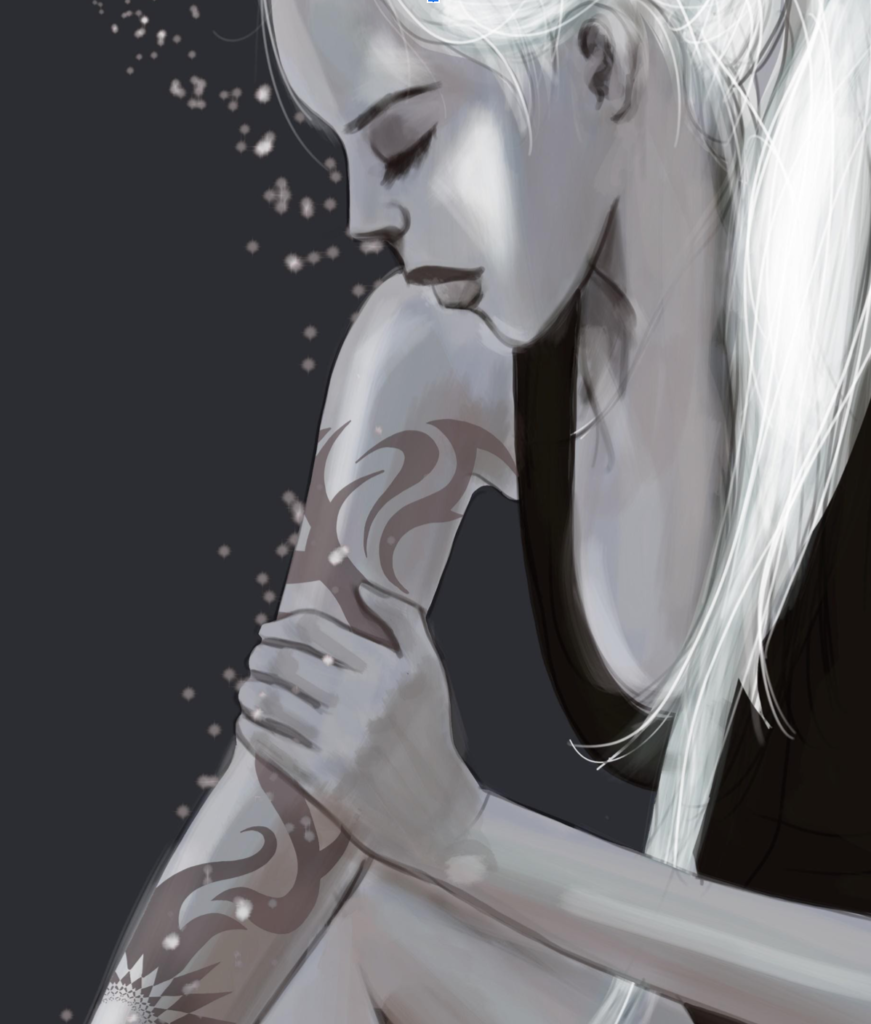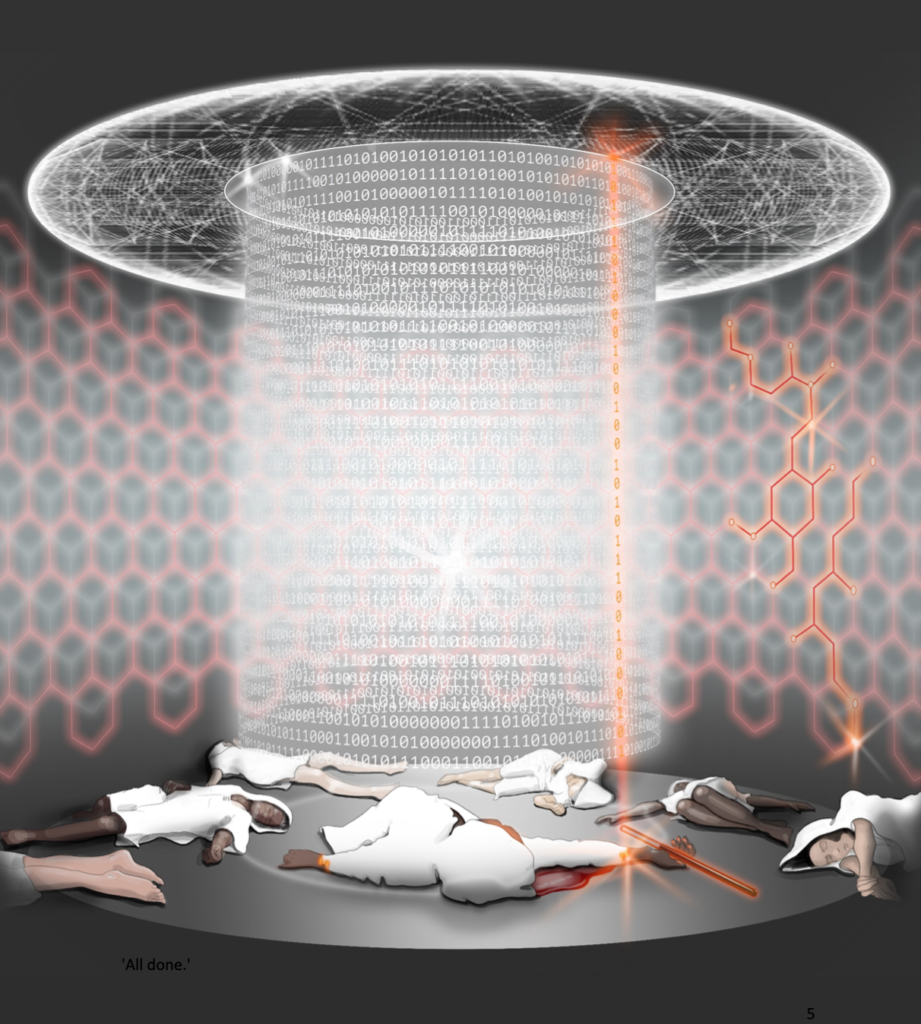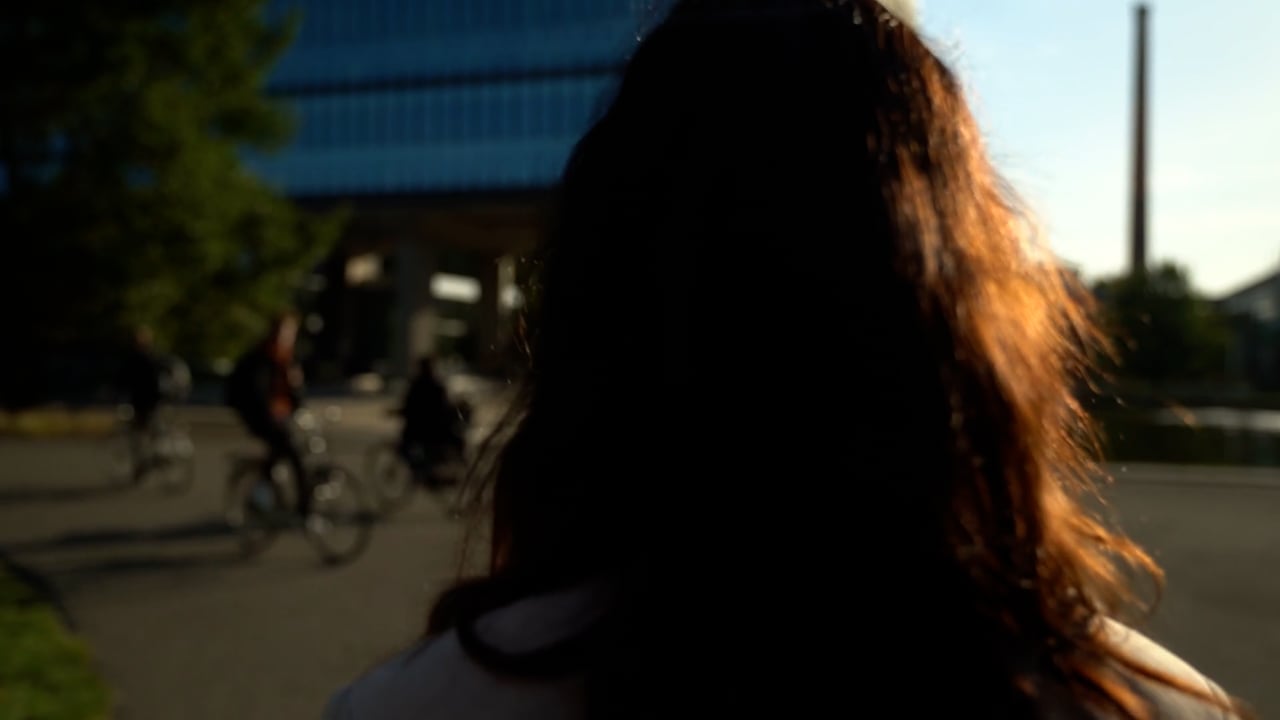Participatory storytelling is a well-known Design technique, but it also can connect multiple disciplines together and cross-fertilize mindsets. Our methodology uses stories as an inclusive platform for co-creation. Current social and environmental challenges have a level of complexity that is hard or even impossible to grasp from a single perspective. They require multiple disciplines to work together in diverse teams. Scientists, designers, system thinkers, real users, and other innovation actors must ideate together. In practice, this collaboration is hindered by communication barriers and different thinking styles. Now more than ever, we have to understand each other’s perspectives and speak each other’s language to fully understand the impact of the decisions we make, the uncertainty involved in those decisions, and how technology plays a role in shaping our future societal values.
In participatory story building, different experts collaboratively build stories of their envisioned future.
Stories are a universal language and a medium that taps into analytical and intuitive creativity. Stories are how we make sense of the world around us and as such, they transcend the cultural and vocabulary differences of diverse and multidisciplinary teams. Stories trigger our imagination and open us up to new ideas.
The uniqueness of the method is its focus on problems rather than solutions: meaningful innovation fixes people’s problems, and uncovering unthought-of needs and problems is a route to unexpected innovative solutions. The stories are structured around characters navigating struggles and imperfections. Like in real life, there is no perfect happy flow. We project ourselves into unexplored scenarios that our characters face and discover new challenges. We foresee the consequences of our envisioned solutions without needing to build those solutions first; the story is our prototype.
Storytelling harvests the mind power of experts to think critically about the impact of their work on society. Collaboratively building stories allows them to interweave knowledge from different disciplines, the expression of different perspectives, and collective creativity. The focus of a story on the drama of the plot inspires the discovery of new problems. Collaborative storytelling can therefore be a game-changer in ecosystem innovation where seeking relevant needs in the system complexity and uncertainty has become more critical than ever.






